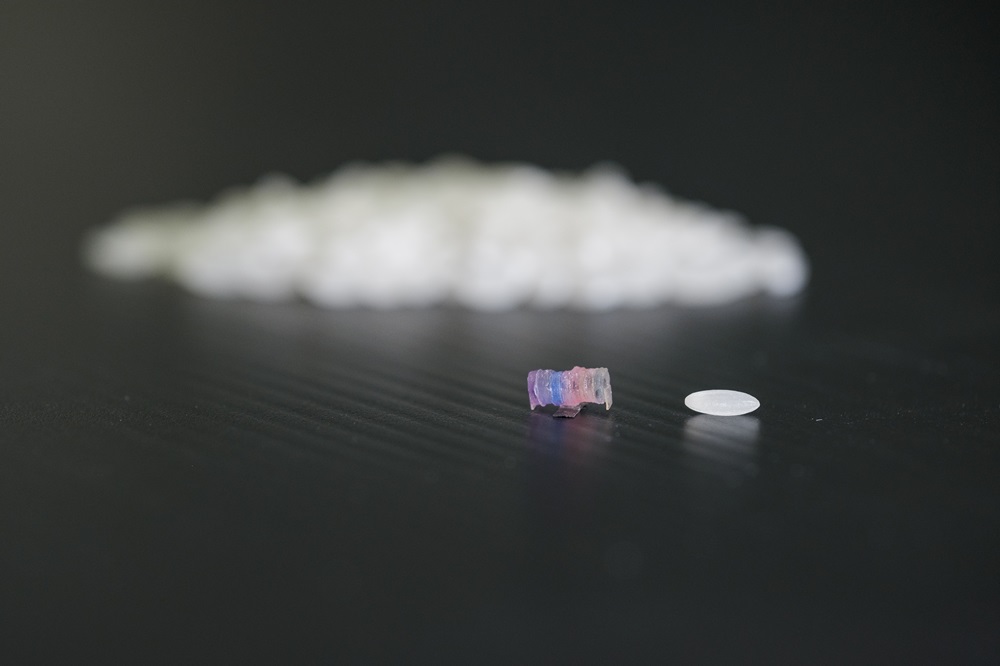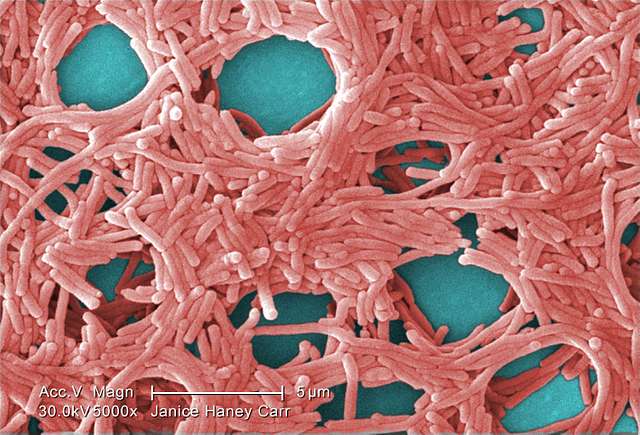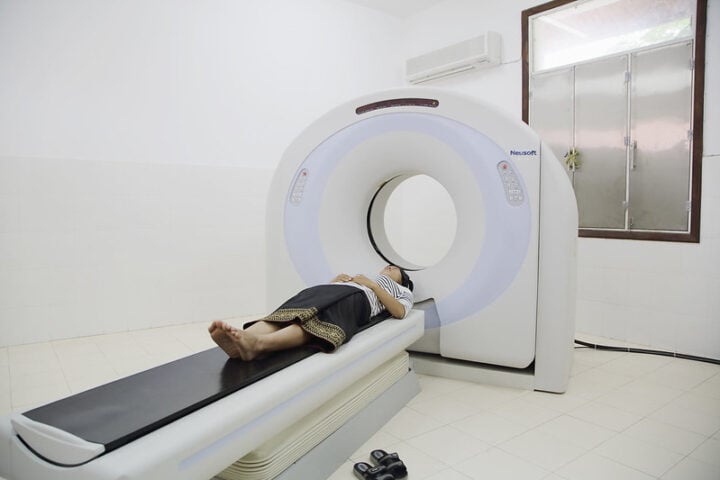Scientists at Nanyang Technological University, Singapore (NTU Singapore) have created soft robots the size of a grain that can carry and deliver multiple medications inside the human body. These microscopic medical couriers, controlled by magnetic fields, could transform how we treat complex conditions requiring precise drug delivery.
Published in Advanced Materials on September 9, 2024, this research introduces the first-ever miniature robots capable of transporting four different drugs and releasing them in specific sequences and doses. The development surpasses previous small-scale robots, which could only carry three types of drugs without programmable release capabilities.
“What was a scenario in a sci-fi movie is now becoming closer to reality with our lab’s innovation. Traditional methods of drug delivery like oral administration and injections will seem comparatively inefficient when stacked up against sending a tiny robot through the body to deliver the drug exactly where it is needed,” says Assistant Professor Lum Guo Zhan from NTU’s School of Mechanical and Aerospace Engineering (MAE), who led the research.
The Tech Behind the Tiny
These grain-sized robots are crafted from smart magnetic composite materials – a combination of magnetic microparticles and polymers that are non-toxic to humans. In laboratory testing, they demonstrated impressive mobility, moving at speeds between 0.30 millimeters and 16.5 millimeters per second across different sections while delivering specific drugs to each area.
The robots exhibited remarkable precision in challenging environments. When tested in thicker liquids mimicking body conditions, they maintained consistent drug delivery over eight hours with minimal leakage – a crucial feature for medical applications.
Research Fellow Yang Zilin, who co-authored the study, explains: “These findings show that our soft robot could potentially play a key role in the future of targeted drug delivery, especially in those treatments such as cancer therapies that need precise control over multiple drugs.”
Medical Perspective
Dr. Yeo Leong Litt Leonard, Senior Consultant and surgeon at the Division of Neurology, Department of Medicine at National University Hospital and Ng Teng Fong General Hospital, provides clinical context: “As a doctor who performs minimally invasive procedures, we currently use a catheter and a wire to move through blood vessels to treat problems. But I can foresee it will not be long before this is superseded by tiny robots that can autonomously swim through the body to reach places we can’t get to with our tools. These robots could stay in place and release medication over time, which would be much safer than leaving a catheter or stent inside the body for a long time. This is a medical breakthrough on the verge of happening.”
Similar Posts
Looking Forward
The NTU research team is working to make these robots even smaller, with potential applications in treating brain tumors, bladder cancer, and colorectal cancer. Before these miniature medical assistants make their way into clinical settings, researchers plan to evaluate their performance using organ-on-chip devices and animal models.
The development builds on NTU’s previous work in magnetically controlled miniature robots, which could perform complex maneuvers like ‘swimming’ through tight spaces and gripping tiny objects. This latest advancement in programmable drug delivery brings us closer to precise, personalized medical treatments with reduced side effects.
Technical Specifications:
- Speed range: 0.30 mm to 16.5 mm per second
- Drug capacity: Up to 4 different medications
- Operation duration: Minimum 8 hours continuous movement
- Control mechanism: Magnetic fields
- Material composition: Smart magnetic composite materials (magnetic microparticles and polymer)
- Publication: Advanced Materials, September 9, 2024
- DOI: 10.1002/adma.202408750
For detailed information about this research, interested parties can access the full paper titled “Magnetic Miniature Soft Robot with Reprogrammable Drug-Dispensing Functionalities: Toward Advanced Targeted Combination Therapy” in Advanced Materials.


















